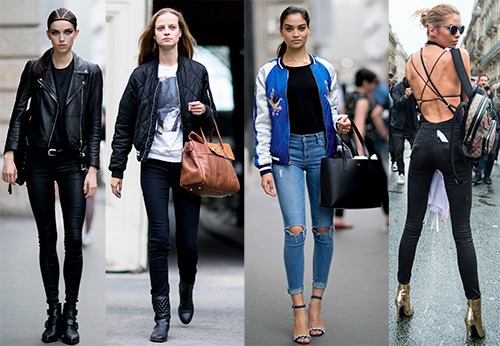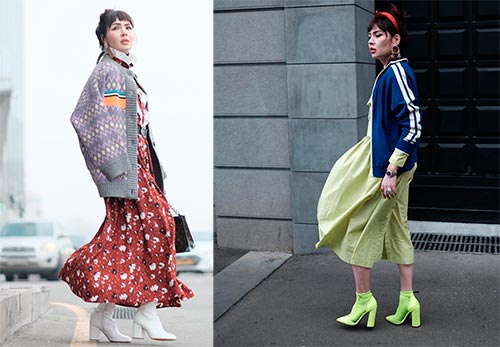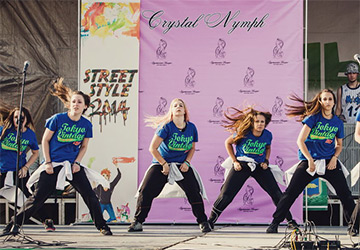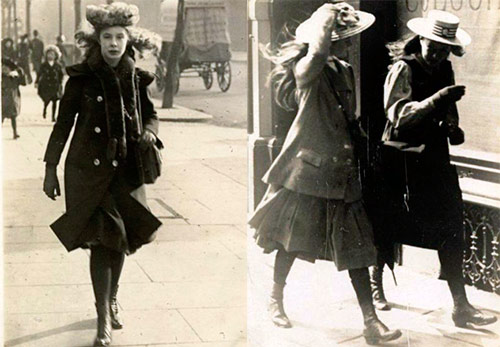Fashion history
History and theory of street fashion
Street fashion or street style? Street fashion and street style are all the same? Or are we talking about completely different phenomena? And why is it so fashionable today to post streetwear photos on Instagram? What is street style photography and what is written about in street style blogs? And in general, how is all this translated into Russian? Confused? Let's try to figure it out together.
Today, on media sites, blogs and social networks, you can see, along with articles about Fashion Weeks, designers and clothing brands, materials about street fashion in various cities around the world. For example, Instagram, beloved by many fashionistas, is full of photos with hashtags #streetstyle and #streetfashion.
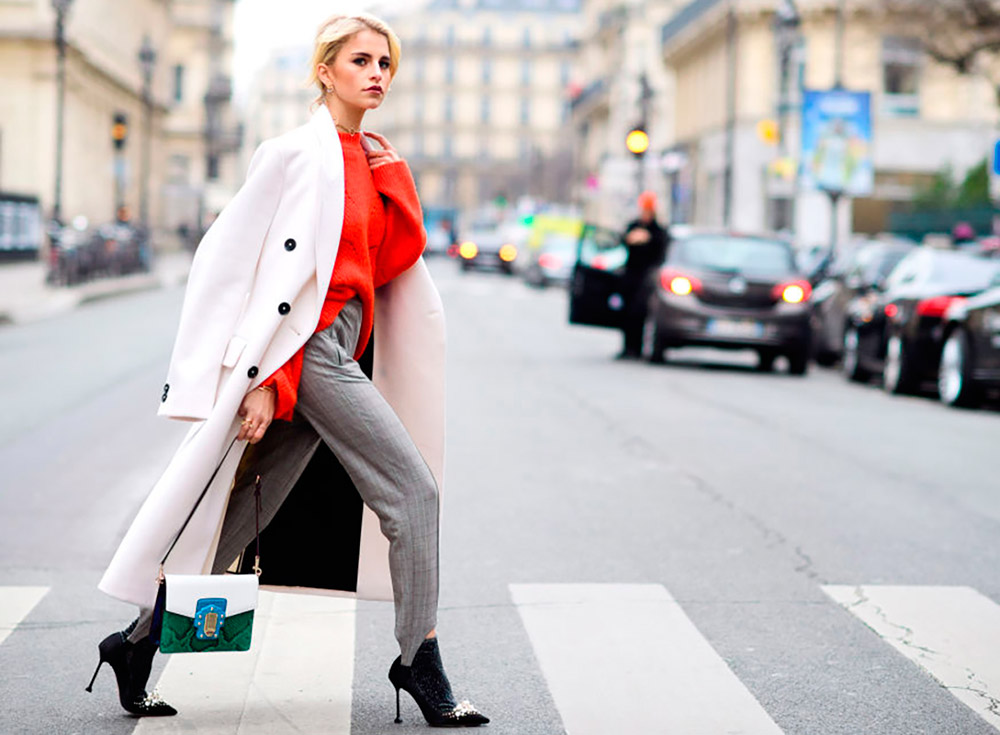
Categories dedicated to street fashion exist on the websites of such well-known fashion magazines as Vogue, Elle, Harper's Bazaar and other publications. The main role in these articles is given to photographs. For example, street fashion photos from The Sartorialist and Face Hunter blogs have been released as photo albums. By the way, these are some of the most famous street fashion blogs in the world.
Another top street fashion blog is the Helsinki street fashion blog Hel-Looks. Urban publications also play an important role in the spread of street fashion. For example, there is a section on street style on the website of The New York Times. Or on the pages of the online magazine The Village Moscow, for example.
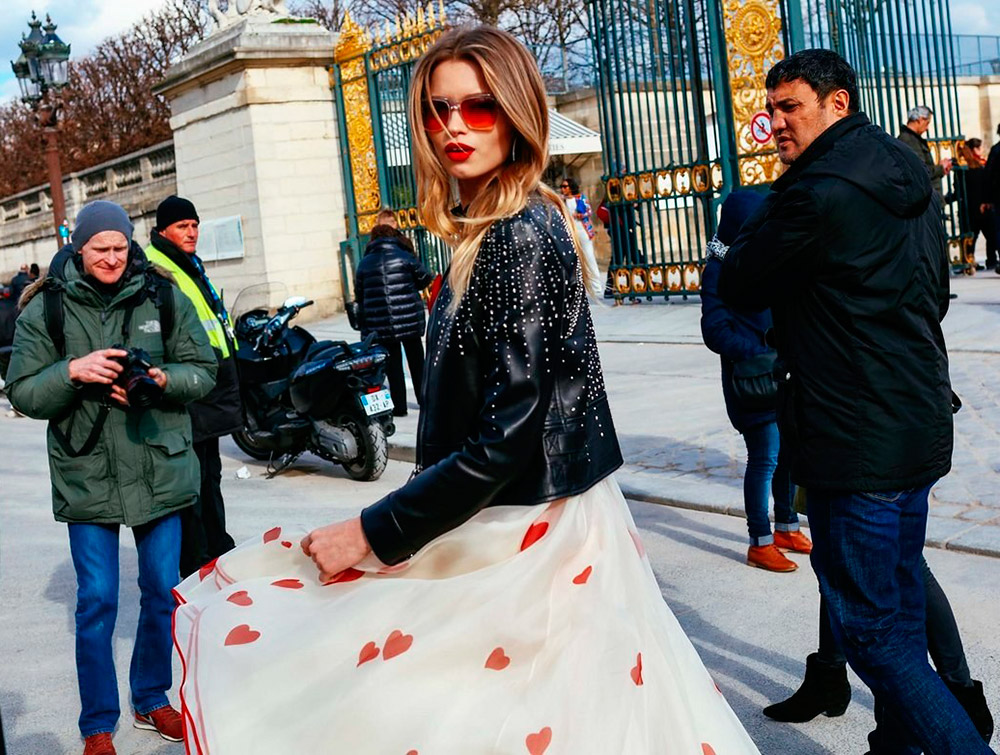
So is it street style or street fashion?
In English, such concepts as street style (street style) and street fashion (street fashion) can be used to denote the phenomenon of street fashion. For example, vogue.com uses street style. But, in general, both journalists and bloggers can use both street style and street fashion designations. For example, on tokyofashion.com (a site about Tokyo street fashion), you can find references to both street style and street fashion in interview articles and photographs.
Articles in Russian can also use two options - street style and street fashion. For example, a street fashion book by Trent Sophie Woodward, a researcher and lecturer at the School of Art and Design at the University of Nottingham, is originally titled The Myth of Street Style, and translated into Russian the title of the book sounds like The Myth of Street Fashion.
By the way, the Look At Me website, the first Russian Internet edition, on the pages of which appeared articles and photographs of fashionable images of townspeople, used the concept of street fashion in its articles. But not everything is as simple as it might seem. After all, there is also streetwear. However, in Russian-language blogs and magazines, the designation streetwear is used much less often than street style or street fashion.
If bloggers have synonyms, then anthropologists have a whole pyramid of clothes of townspeople.
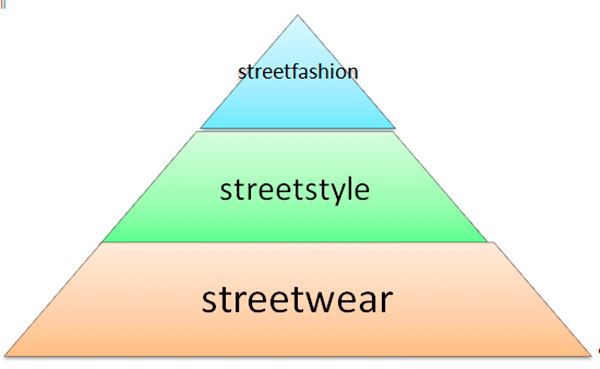
In practice, streetwear, street style and street fashion are most often synonymous. But among anthropological scientists who study the phenomenon of street fashion, attempts have been made to build a hierarchy of these terms.
Thus, the English anthropologist T. Polimus writes that in the twentieth century, street fashion was more of a street style, since it was tribal in nature and was associated with youth subcultures. But in the 21st century, street style becomes individual and loses its tribal character (connection with youth subcultures), which means street fashion appears.
That is, in the XX century - street style (street style), and since the XXI century - street fashion (street fashion). As for streetwear, this is a term for all the clothes of the townspeople in general. And, accordingly, streetwear (streetwear) has existed since the first cities appeared.
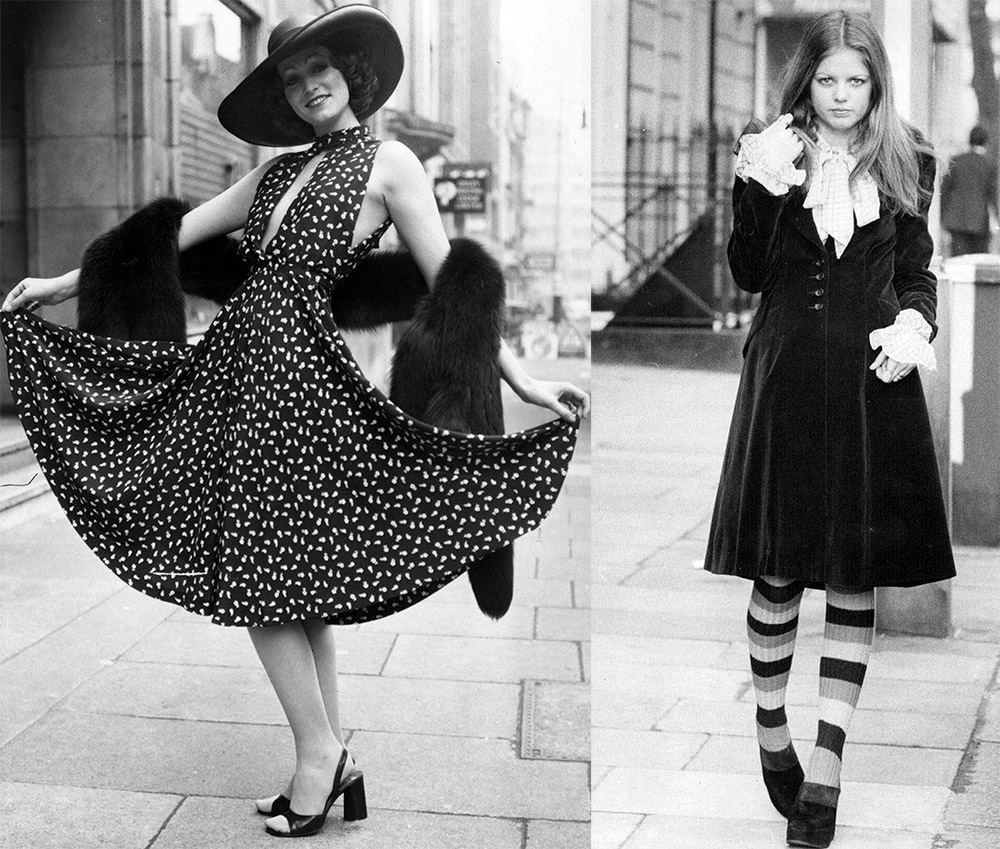
By the way, the famous American street fashion photographer (worked with The New York Times) Bill Cunningham noted that street style or street fashion is a catalog of ordinary folk clothes.At the same time, Bill Cunningham also said that the best fashion show takes place on the streets of the city every day.
“Every day on the streets of the city there is
the best fashion show "
Bill Cunningham is the first street style photographer
Bill Cunningham published his first collection of street fashion photography for The New York Times in 1978. Prior to that, he had taken photographs of Greta Garbo strolling around New York. And, in general, the history of street fashion photography begins with the photographs of Bill Cunningham.
Later, in the 1990s, Japanese photographer Seichi Aoki would influence the rules of street fashion photography. He founded the Fruits magazine in Tokyo, where he published shots of Japanese street fashionistas against the backdrop of the city, using shooting techniques such as straight-up. This shooting technique originated in the 1980s, and photographs using this technique were first published on the pages of the British magazine about the alternative fashion "i-D".
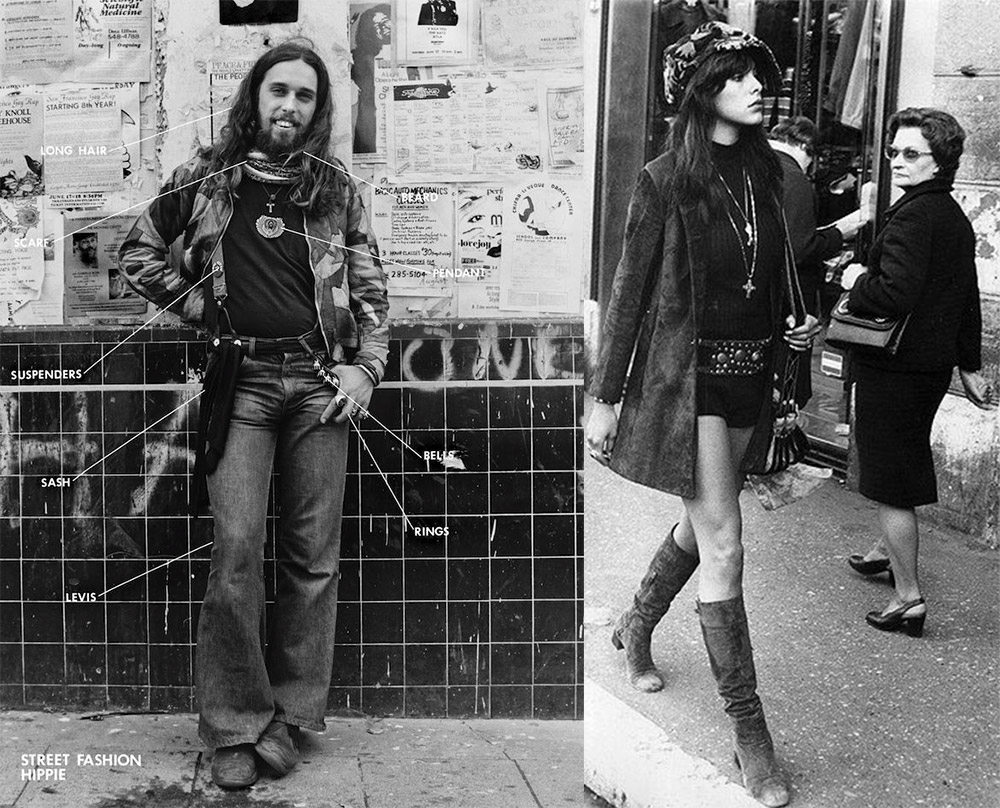
A straight-up is a full-length photograph taken outdoors, most often against a white wall, and with a caption text that provides a summary of the person's clothing and, in the case of i-D magazine, describes music preferences.
Japanese photographer Seichi Aoki made some changes to these photos - he replaced the white background with a background in the form of city streets. Straight-up photography has become one of the hallmarks of street fashion photography both on blogs, social networks (the same photos on Instagram) and in the media.
Street fashion - where did it all start?
London is considered the birthplace of street fashion. But it is not exactly. Tokyo is also considered the birthplace of street fashion. According to one version, street fashion, as the desire of the townspeople, most often young people, to stand out from the gray mass, originated in the 1950s in London.
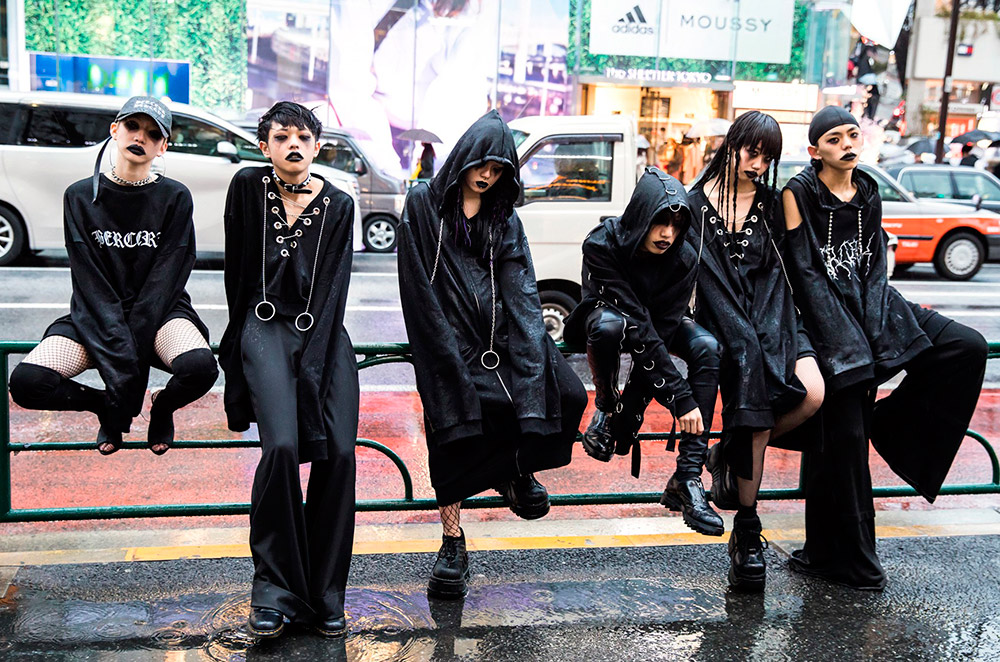
According to another version, street fashion appeared in Tokyo in the 1980s. And there, and there, street fashion was closely associated with youth subcultures. If you have not forgotten about anthropologists, then it was more likely not even street fashion, but a street style, the purpose of which was to show belonging to a tribe, that is, to demonstrate through clothing to demonstrate your connection with a certain group of people.
For example, with punks in 1970s London. Or with the “fruts” subculture, the difference of which was the abundance of bright clothes and accessories that practically did not match with each other, in Tokyo in the 1990s.
In post-war London in the 1950s, street fashion began with the adaptation of old things. And this was due to a shortage of fabric and new clothes.
In the 1950s, it became fashionable among London youth to make clothes with their own hands, mend used clothes or redo new ones, depending on the style of their "get-together" and its musical, political and other views. For example, this is how the Teddy Boys are born - one of the first youth subcultures that existed in the 1950s in Great Britain.
The name Teddy Boys itself appeared in 1953 as a designation for young working-class people who sought to emulate the "golden youth" and dressed in the fashion of the era of King Edward VII (or, as he was called, "Teddy").
In Tokyo in the 1980s, there was a slightly different story - Japanese youth wanted to imitate Western fashion. And first of all, new combinations of Japanese traditions and Western fashion in costume appeared among young people - fans of certain musical styles. So, in the 1980s, the Visual kei clothing style appeared based on a mixture of Japanese rock and several styles of Western rock.
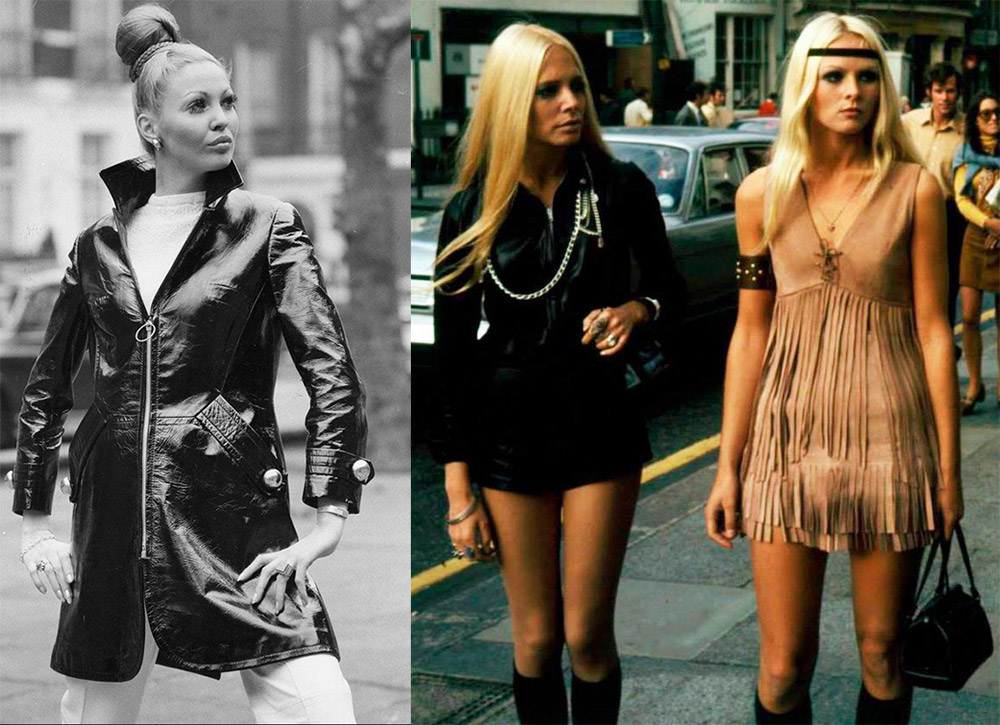
Networked society and the spread of fashion from the bottom up
And then the network society appeared. Rather, its fifth stage is part two. In a sense, the fifth stage of the development of a networked society, its second half, according to Jan van Dyck, who is not an artist, but a sociologist. Well, or, more simply, the Internet appeared.
Before that, there was the first stage in the development of a networked society, when people in the days of hunters and gatherers exchanged information using cultural traditions - songs, dances, fairy tales, and so on. The second stage is the emergence of cities and roads connecting them. The third stage is the emergence of alphabetic writing.
The fourth stage is the discovery of America, the advent of printing, the growth of cities, the invention of the telegraph and the steam engine, while information spreads faster and faster. Well, the fifth stage, part one - the twentieth century and mass society, and part two - a networked society or the Internet has appeared.
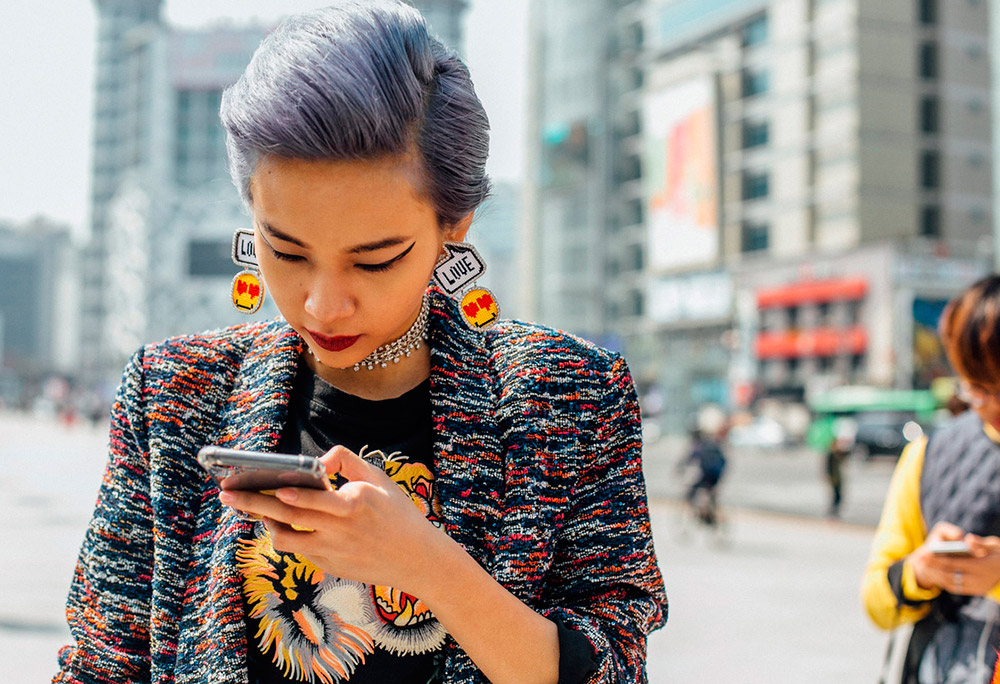
Since the mid-2000s, the first blogs dedicated to street fashion began to appear, as well as articles and photographs of street fashion on various websites. fashion magazines and city publications. And then they even began to photograph during Fashion Weeks not only clothes on the catwalks, but also clothes of guests of fashion shows.
This is how the idea appeared that in the modern world fashion spreads not only from top to bottom, that is, for example, from designers to buyers of clothes, but also from bottom to top. That is, the way ordinary citizens combine and wear clothes on the street, thanks to websites, blogs, pages of social networks, becomes fashionable and soon ends up on the catwalks.
Thus, in theory, today every city dweller can influence the development of fashion. But that's in theory. In practice, street fashion is spread through media sites, blogs, social media pages, and it is journalists and bloggers who choose who and where to photograph. And the larger and more famous the magazine, the more popular the blogger, the more people will see the style of this or that city. At the same time, there are also large city centers of street fashion, for example, London, Tokyo, New York. In other cities, however, they often try to imitate the street fashion of the cities more famous in this regard.
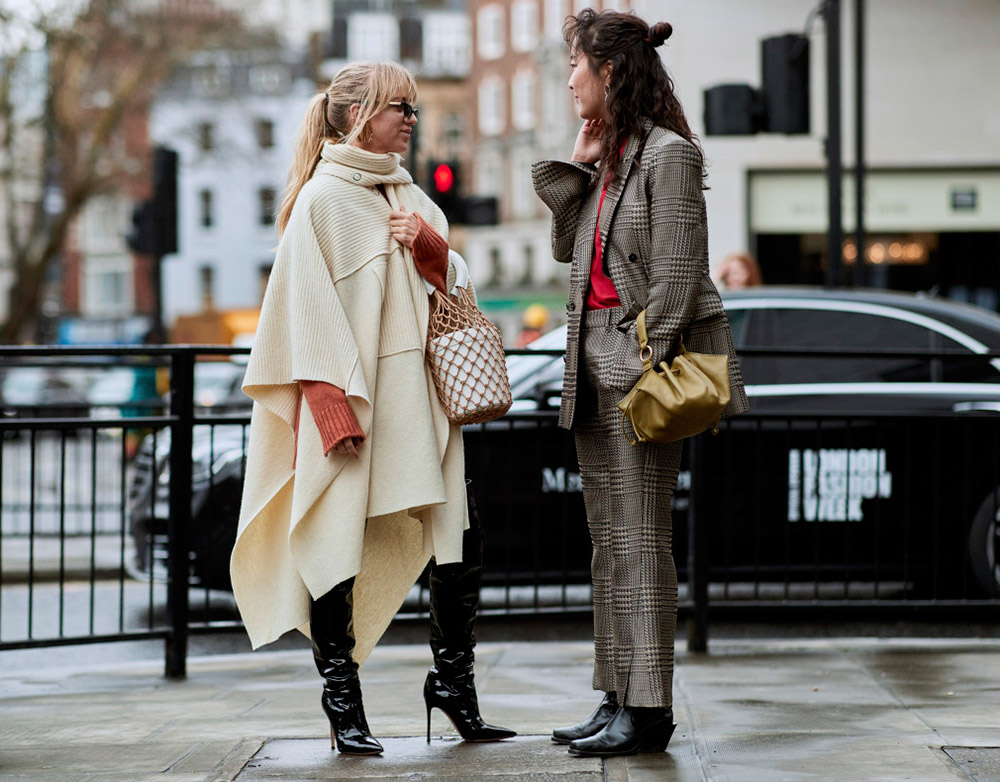
It turns out that the hierarchy is still preserved in the fashion world. But at the same time, each of us, theoretically, has a chance to demonstrate to the world our style and become a trendsetter. Therefore, marking their photo in Instagram with hashtags #streetstyle, #streetfashion or #streetwear, each of us can definitely feel like a style icon for a couple of moments and a few dozen likes.
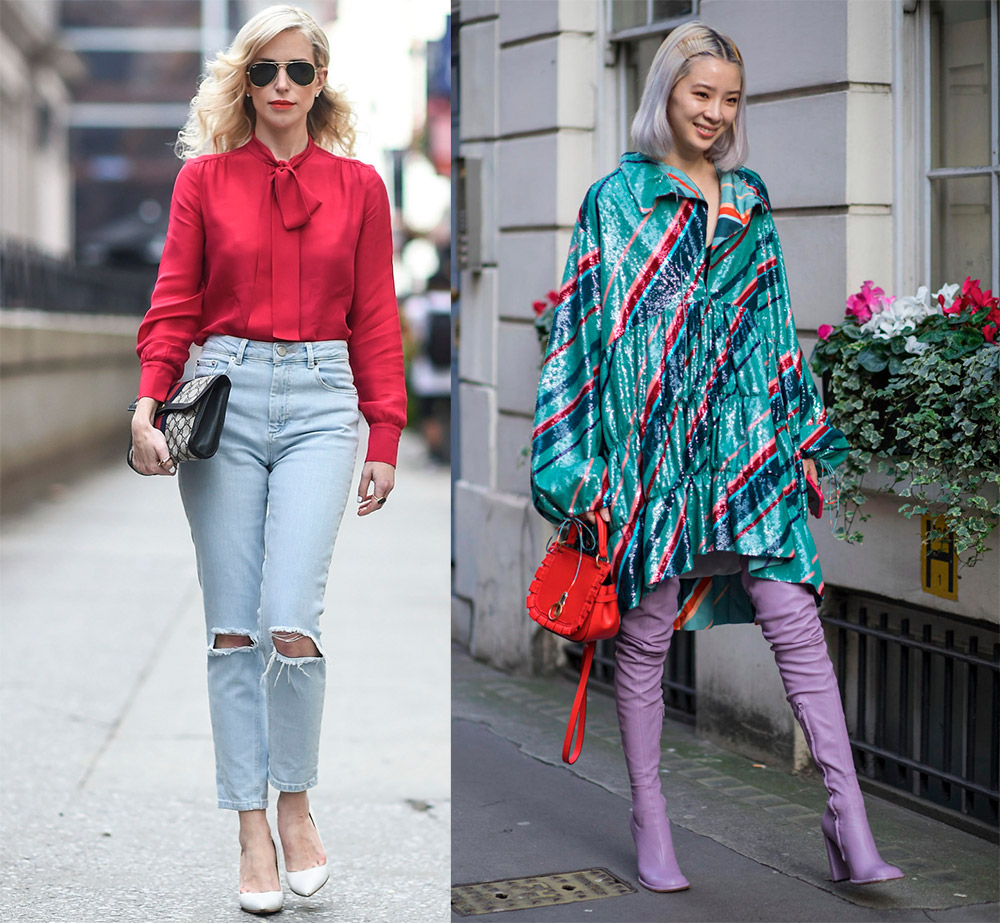
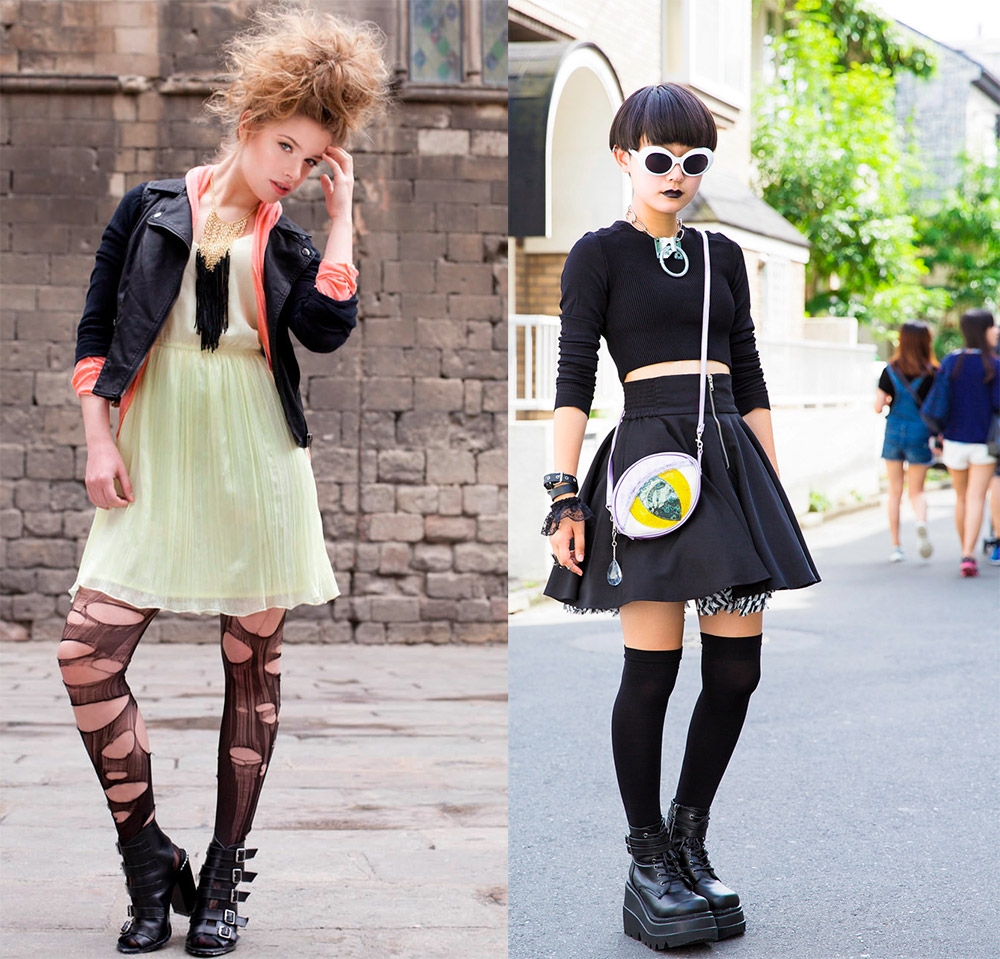
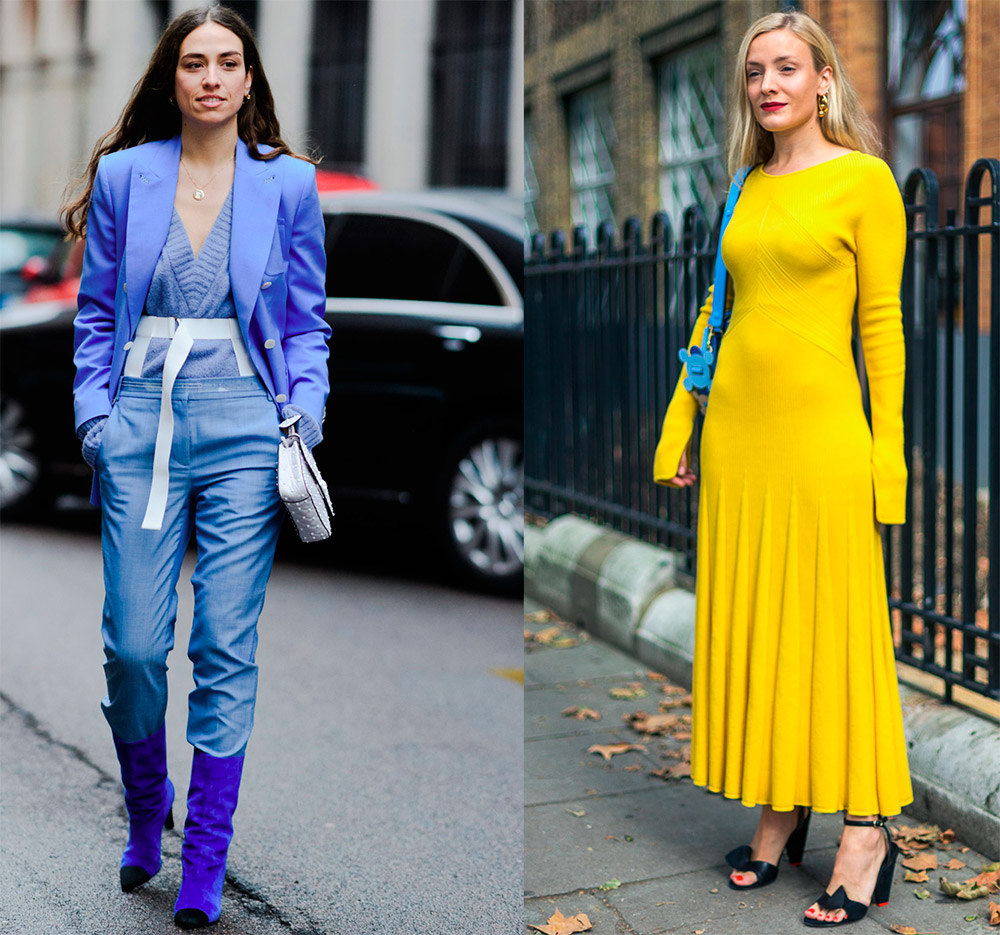
Comments and Reviews
Add a comment
Rating news
Shades of clothing that make women look younger
What shades of hair make women younger: rules and photos
Funny wedding dresses - photos and ideas
12 most expensive down jackets for the winter
How to look 25 at 40: tips from supermodels
Beautiful schoolgirls
Anti-aging haircuts and hairstyles for women
Fashionable skirts for autumn and winter
Fashionable women's trousers for the cold season
Fashionable and stylish sandals for summer 2024
Spring-summer 2024
 Fashionable dresses and tops with thin spaghetti straps
Fashionable dresses and tops with thin spaghetti straps
 Bandana tops: how to wear stylishly and beautifully
Bandana tops: how to wear stylishly and beautifully
 How to put together the perfect men's wardrobe for the summer
How to put together the perfect men's wardrobe for the summer
 Fashionable shorts for spring-summer 2024
Fashionable shorts for spring-summer 2024
 Fashionable skirts for spring-summer 2024: a guide to online shopping
Fashionable skirts for spring-summer 2024: a guide to online shopping
 The most fashionable dresses spring-summer 2024: styles and colors
The most fashionable dresses spring-summer 2024: styles and colors
 Fashionable total look 2024: ideas of images and trends
Fashionable total look 2024: ideas of images and trends
